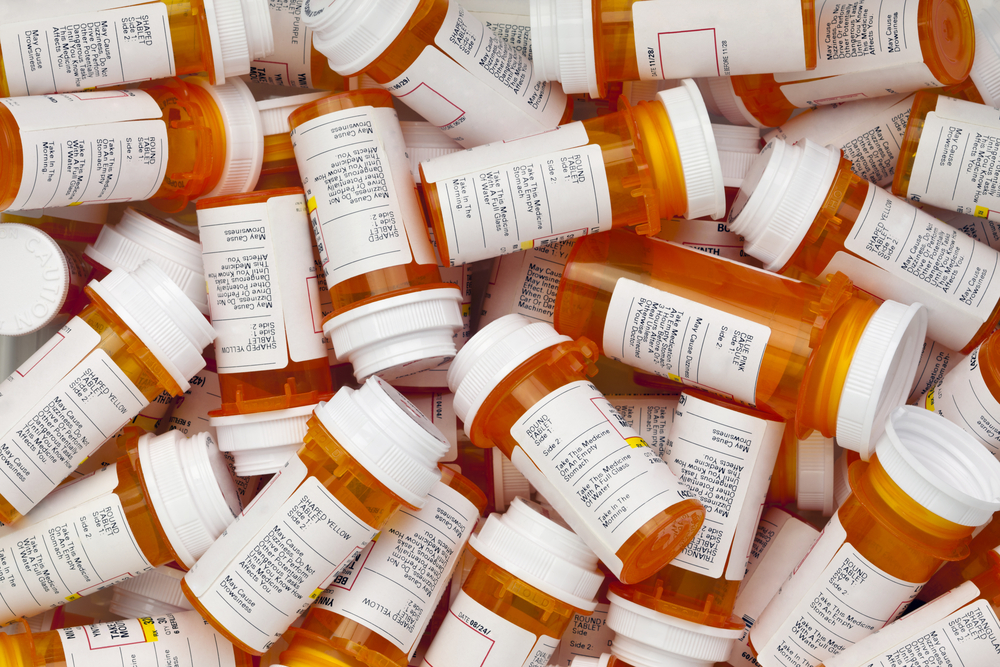Among the many steps it takes to bring a drug to market, pharmaceutical labeling translations may seem like one small hurdle to overcome on the way to approval. Medical translation of pharmaceutical labels, which can include labels on the carton or package and a host of additional materials such as instructions for use (IFU), prescribing information (PI) or package inserts, and medication guides, are required for drug products entering overseas markets, as well as markets with multiple language requirements. Pharmaceutical labeling translations that understand not just the regional regulatory guidelines, but also patient-centric communication and local language needs, are essential for any pharmaceutical company going to market around the world.
From Regulatory Approval to Manufacturing: Local Considerations Reign Supreme
From the difference between “labeling” and “labelling” (U.S. English versus U.K. English) to the intricacies of meeting regulatory requirements across markets worldwide, pharmaceutical labeling translations vary largely based on the target market. Most labeling materials are submitted for review under tight timelines after the pharmaceutical drug product is approved but prior to market entry, and submissions to different regulatory bodies can include differing materials, formats, and language requirements.
For example, the U.S.’s Food and Drug Administration (FDA) requires documents such as patient package inserts, prescribing information, and instructions for use (IFU), while the E.U.’s European Medicines Agency (EMA) requires package leaflets, summary of product characteristics (SmPC). Traditionally in the U.S., labeling translations are required into English for all foreign drug products – however, demand for other languages, such as Spanish, is increasing – while in the E.U., translations may be needed for up to 24 languages, depending on the target market.
Late-Stage Customization and Regionalization in Manufacturing
After approval, pharmaceutical labeling is in the hands of manufacturers, often outside the target market, but no less important. With the rise of small-batch pharmaceutical manufacturing, late-stage customizations such as adding serial numbers to the products and including translations for a specific regional market are possible to ensure patients can read labels. Yet smaller batches require more oversight to avoid labeling error – and the dreaded pharmaceutical recall. And when regulatory bodies require updated labeling translations to reflect new drug information, these changes are even more crucial to get right.
Making Pharmaceutical Labeling Patient-Centric
Beyond meeting regulatory requirements, pharmaceutical labeling is an important part of patient-centric communication and avoiding pharmaceutical misuse. In fact, one study suggested that a third of all medication errors are attributed to confusion around prescription packaging and labeling, and patients who have differing language needs, such as patients who have Limited English Proficiency (LEP) or with limited literacy, are particularly sensitive to improvements in pharmaceutical labeling. With the rise of labeling text based on patient-reported outcomes (PROs), ensuring that pharmaceutical labels are understandable for every patient, no matter the language, can help improve patient understanding and reduce adverse events.
CSOFT Health Sciences Knows Pharmaceutical Labeling Translations
CSOFT Health Sciences, leaders in medical translation, provides unwavering commitment in the service of pharmaceutical translations in 250+ languages to help bring new drugs to market worldwide. From package and label translations to instructions for use (IFU) translations and medication guides, our expertise in regulatory submission and subject matter expert linguists will ensure biopharmaceutical products get to market on time. Visit lifesciences.csoftintl.com to learn more about our pharmaceutical labeling translations.
